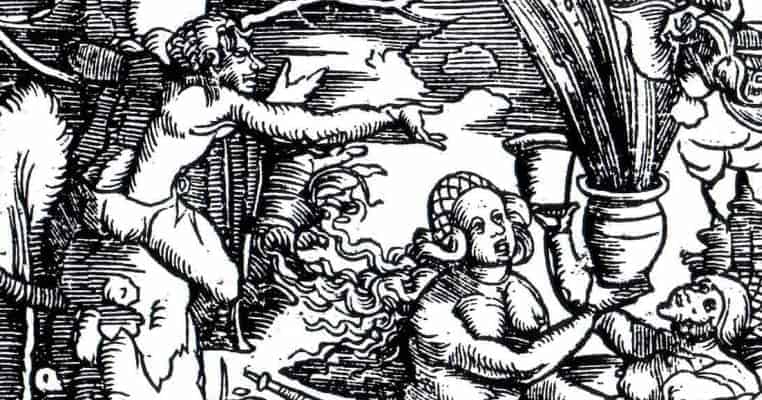We typically think that climate change is something brought on in modern times, but as an enormous and violent thunderstorm raged in the countryside of central Europe on August 3, 1562, destroying crops, vineyards, and farm animals alike, it heralded another climactic anomaly.
Blundering the Dots and Blaming Witches
From 1300-1850 Europe and North America were ravaged by deadly weather catastrophes that became known as the Little Ice Age. Droughts, deadly thunderstorms, freezing winters and advancing glaciers caused massive devastation. These were times of abject desperation, and everyone — most especially peasants — sought to understand this. However, it was also a time when climate science was lacking and superstition abounded.

Demoralized by the tempestuous weather, peasants began demanding quick action from medieval courts. Many were spurred by the belief that witches and sorcerers could “make weather” and steal the milk from starving cows.
Swiss and Bavarian accounts chronicled this:
“1445, in this year was a very strong hail and wind, as never seen before, and it did great damage, […] and so many women, in which its said to have made the hail and the wind, were burned according to the law.”
“Anno 1626 the 27th of May, all the vinyards were totally destroyed by frost […], the same with the precious grain which had already flourished. [Everything] froze, something which had not happened as long as one could remember, causing a big rise in price. […] As a result, pleading and begging began among the peasants, [who] questioned why the authorities continued to tolerate the witches and sorcerers destruction of the crops. Thus the prince-bishop punished these crimes, and the persecution began in this year…”

